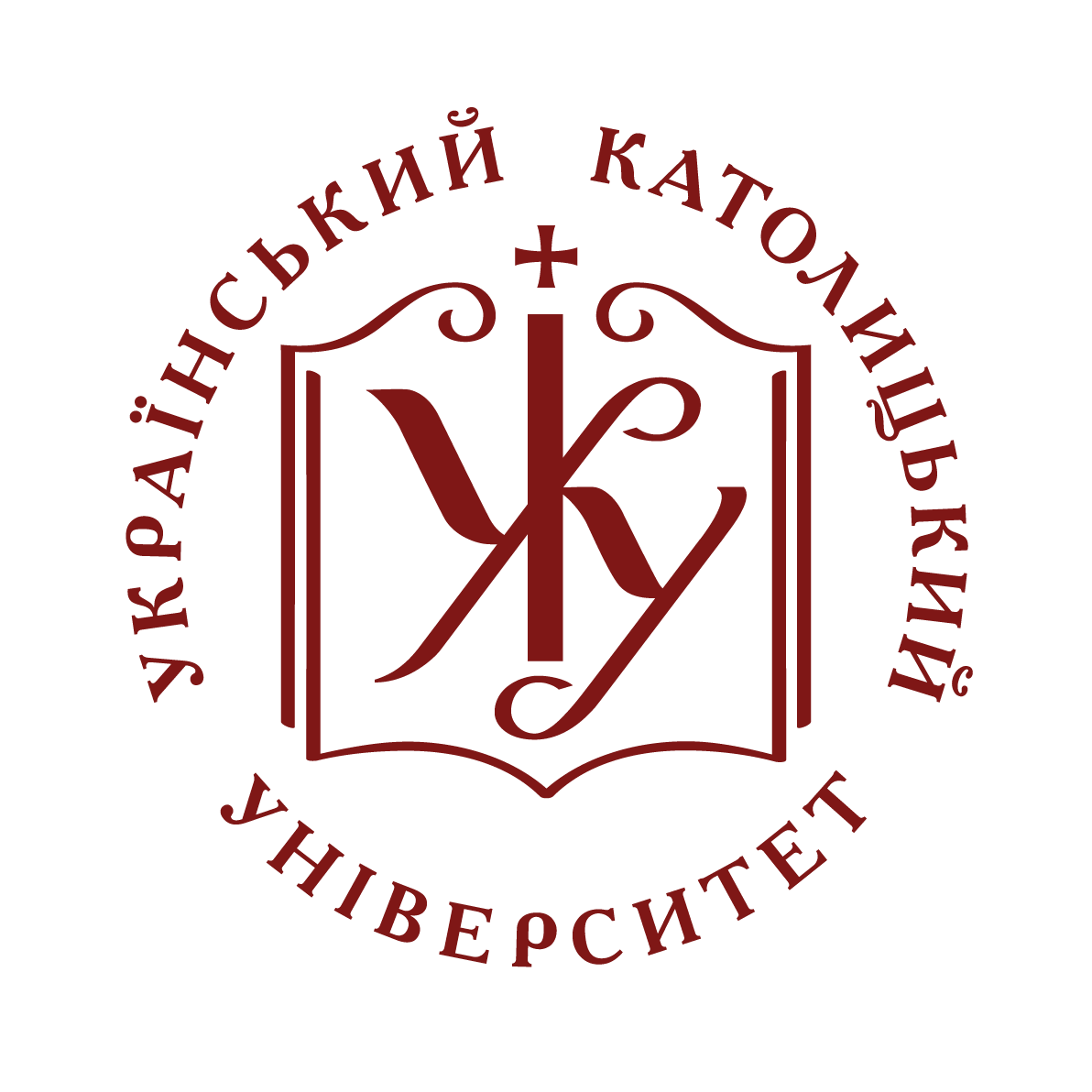- Домівка
- →
- Students Research & Project Works | Роботи студентів
- →
- Факультет прикладних наук
- →
- Бакалаврська програма "Комп'ютерні науки"
- →
- 2020
- →
- Перегляд матеріалів
Сценарії JavaScript вимкнено для Вашого браузера. Деякі функції цього сайту не будуть працювати без них.
Показати скорочений опис матеріалу
| dc.contributor.author | Shpot, Natalia-Yana
|
|
| dc.date.accessioned | 2024-02-15T09:26:55Z | |
| dc.date.available | 2024-02-15T09:26:55Z | |
| dc.date.issued | 2020 | |
| dc.identifier.citation | Shpot, Natalia-Yana. Accuracy And Bias Of Selfie Detection On Open Data / Shpot, Natalia-Yana; Supervisor: Miriam Redi; Ukrainian Catholic University, Department of Computer Sciences. – Lviv: 2020. – 38 p. | uk |
| dc.identifier.uri | https://er.ucu.edu.ua/handle/1/4515 | |
| dc.language.iso | en | uk |
| dc.title | Accuracy And Bias Of Selfie Detection On Open Data | uk |
| dc.type | Preprint | uk |
| dc.status | Публікується вперше | uk |
| dc.description.abstracten | There are many challenges related to the openness of the Wikimedia Commons im- age upload platform, and one of them is about making sure to get high-quality con- tent in. Goes without saying, selfies are not precisely the ideal wanted content for a platform whose aim is to represent the world’s knowledge through pictorial rep- resentations. One way to automatically check the data quality in the domain of computer vision is to design a selfie detector that, given an image, can automatically predict whether it is a selfie or not. Thus in this thesis, we are using state-of-the-art models to create a classifier that, given an image, can say whether the image is a selfie, a person, or neither of that. With such a classifier, it would be easier to auto- matically detect and scale selfies for Wikimedia or other platforms that have humans in the loop to check the quality of user-generated content. In addition to this we ex- amine whether approaches of our choice show bias in demographics such as race, gender, and age. Furthermore, we will introduce two datasets for our project: one containing selfies, pictures with persons and random pictures, and another contain- ing a smaller set of pictures of persons along with the demographic metadata. | uk |
Долучені файли
Даний матеріал зустрічається у наступних зібраннях
-
2020 [38]


